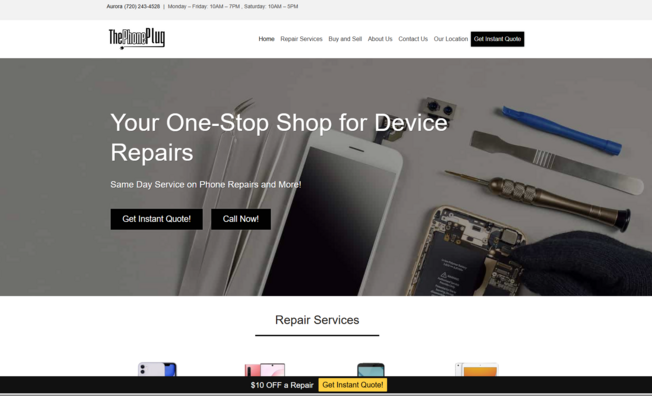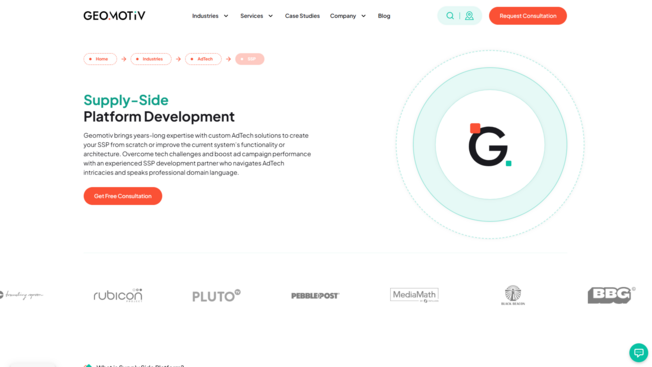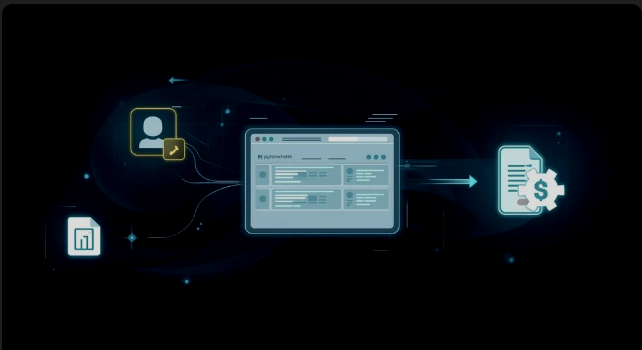How do you scale a startup to over $300 million in value in 3 years? That’s what 27 year old Melanie Perkins has done with her Australian startup, canva.com. The company just raised $15 million this week, doubling its valuation to $345 million.
Here’s the five simple-but-not-so-simple steps she took to get there:
1) SOLVE YOUR OWN PROBLEM
While studying graphic design at University in 2007, Melanie compared the difficult graphic design software she was using to the ease of social media: “It was really complex and difficult, and it would take the entire semester to just learn where the buttons were on the software. At the same time Facebook was taking off, and it was so easy to use and everyone was on it.”
So Melanie decided to start a business to solve the challenge of putting school yearbooks together, and launched “Fusion Yearbooks”.
2) START SMALL
As Melanie remembers, “My boyfriend became my co-founder and we started in my mum’s living room. Our naivety in some ways helped us… If I knew at the time all the things I didn’t know it would have been intimating.”
In the early days, Melanie faced plenty of rejection, but staying small let them weather the hard times: “Every single step in the company, we had to deal with a lot of rejection. My natural reaction would be when you get rejected, that you feel you don’t want to try again but then when you have such a company you realise it’s a part of the process.”
‘When we got our first $100 cheque, it was the most exciting moment ever, knowing people were prepared to pay for what we had built.” From that first customer, they sold to 15 schools in their first year, 30 in their second and 80 in their third.
3) THINK BIGGER
Melanie then went on the hunt for funding, pitching to over 100 investors. She says “In our earliest pitch decks we talked about our product in our first few slides, but in the end the majority of our pitch deck explained the problem and its magnitude.”
She decided that her best bet was to think bigger. Instead of raising funding for Fusion Yearbooks, she decided to raise funding for her second startup, Canva, which would give free online tools to give everyone the chance to design their own graphics – a market far bigger than the school market.
In 2012 she flew to San Francisco, sleeping on her brother’s floor for three months as she visited VCs in Silicon Valley, using the free wifi in shopping malls in between meetings. Despite over 100 meetings, and the bigger pitch, she still hadn’t closed the deal. She says “I remember thinking, ‘why is this so hard?’”.
4) FOLLOW THE FLOW
So Melanie connected back with an investor she had met at a conference in Perth, Australia – Founder of MaiTai, Bill Tai. Bill was running MaiTai Maui, where Melanie learned kiteboarding and in the process connected with Hollywood stars Own Wilson and Woody Harrelson, who both decided to invest in Canva, together with Bill Tai.
Based on the success of Fusion Yearbooks, together with the bigger vision of Canva and Melanie’s hustle, in 2013 Canva raised its first $3 million – before it had even launched its website. Melanie says of the trip away from home “It was a lot of journeying, but it ended up doing exactly what we hoped it would.”
5) SCALE FAST
With its new capital, within a year Canva had gone from zero to one million users. Today, Canva has 10 million users across 179 countries and has had 100 million designs created on its platform. That success has made it much easier to raise funding this time around: “For our first round it was three years from meeting the first investors to getting that investment. For our last round we had five firms fly to Australia.”
Canva has now raised $40 million in total and continues its path as one of the fastest growing tech companies in Australia.
As more and more fast growth tech companies break the mould of male-dominated, Silicon-Valley-located companies – what steps can you follow from Melanie’s success?
As with all rapid success it doesn’t happen by accident, but by design.
Melanie’s advice to you? “You can look at company valuations and their millions of users and it can be very easy to get disillusioned and think that other people have it easy. I can certainly attest to that not being the case. It’s been 10 years since we had the initial idea and I’ve had lots of trials, lots of rejection and lots of pain since then. The most important thing is to solve a problem that really matters and to care about delivering as much value to users as possible.”
And what’s next for Canva? Melanie says “I spend most of my time looking at the next mountain peak we’re trying to conquer, but occasionally I’ll look down and see how far we’ve come, and that’s pretty insane.”
“We feel we’ve only done 1 percent of what we can do with Canva… We have 10 million users but there are over 3 billion users on the internet right now.”
Sep 20, 2016 at 08:45
How do you scale a startup to over $300 million in value in 3 years?
![]() GeniusU Genie
GeniusU Genie
India
Share

















Leave a Reply